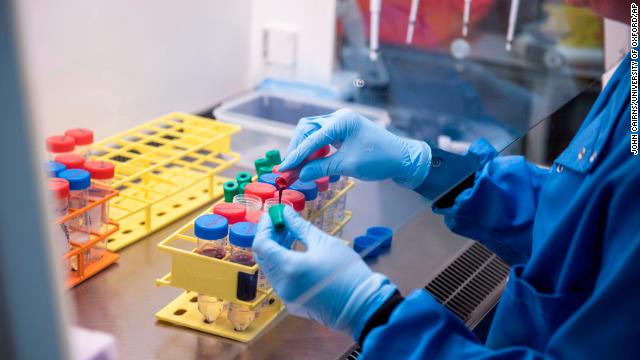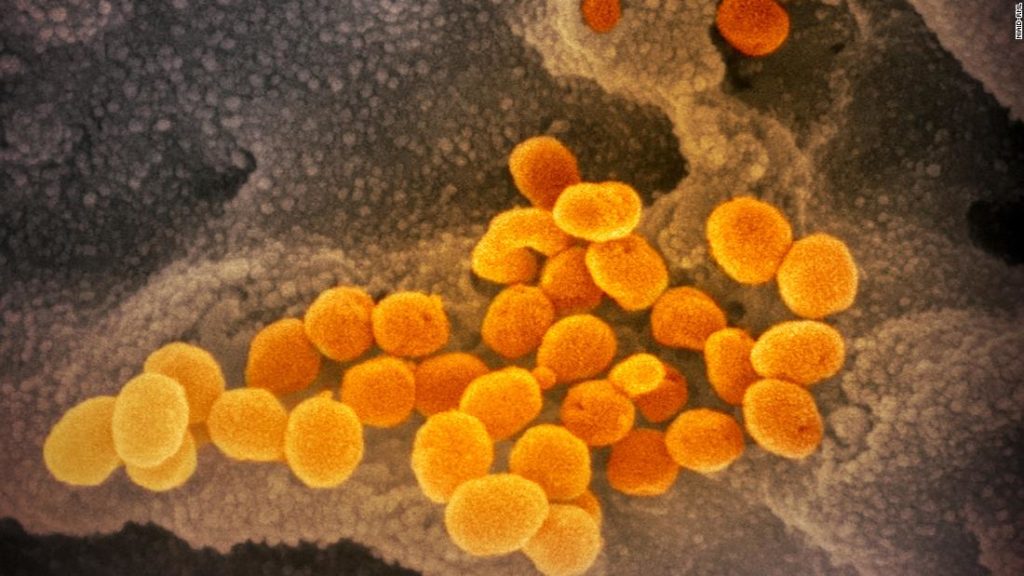
The US government’s Operation Warp Speed effort is trying to understand discrepancies in data coming out of trials of AstraZeneca’s experimental coronavirus vaccine, Moncef Slaoui, chief science adviser to the mission, said Tuesday.
It might be possible to adjust the US trial arm if it turns out a different dose of the vaccine works better, he said.
AstraZeneca said Phase 3 trial data from testing in Britain and Brazil indicated the vaccine was 62% effective — except for a batch tested in 3,000 volunteers that looked to be 90% effective in preventing infection. The vaccine, developed with the University of Oxford, is also being tested in the US but there’s no data from that arm of the trial yet.
“We are, of course, also reviewing in depth with the AstraZeneca and Oxford teams all the specifics of the data generated to understand what difference there is between a schedule that gives a 62% efficacy and one that gives 90% efficacy,” Slaoui told an Operation Warp Speed briefing Tuesday.
AstraZeneca said surprisingly, the stronger effects were seen in volunteers who got a half dose of the vaccine, boosted by a full dose a month later. The 62% efficacy was seen in the majority of volunteers who got the proper dosing for both shots.
“We have been made aware of what’s called now the half dose at the time it happened, was a change in the way the quantity of vaccine put in a vial was tested,” Slaoui said.
He seemed to indicate the half dose was given by mistake. “And when they realized there was an error or change in the approach, technique used, they corrected it. In the meantime, about 3,000 subjects were recruited, half in the placebo and half in the vaccine group.”
That would skew the results. Clinical trials are carefully designed, and results that came from mistakes usually are not included in the final reports of those trials. But clinical trials can be adjusted if mistakes show a different dosing regimen, for instance, can provide better outcomes.
“What we’re now looking to analyze is what immune response has been induced in those who have received the half dose and the full dose versus those that have received twice the full dose and understand whether there are differences in the immune response induced,” Slaoui added.
You may also like
-
UK coronavirus variant has been reported in 86 countries, WHO says
-
NASA technology can help save whale sharks says Australian marine biologist and ECOCEAN founder, Brad Norman
-
California Twentynine Palms: Explosives are missing from the nation’s largest Marine Corps base and an investigation is underway
-
Trump unhappy with his impeachment attorney’s performance, sources say
-
Lunar New Year 2021: Ushering in the Year of the Ox

